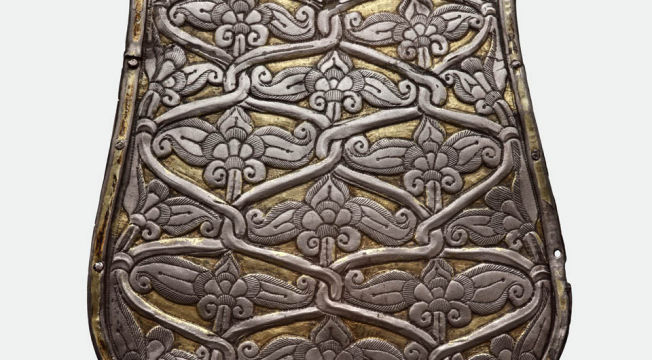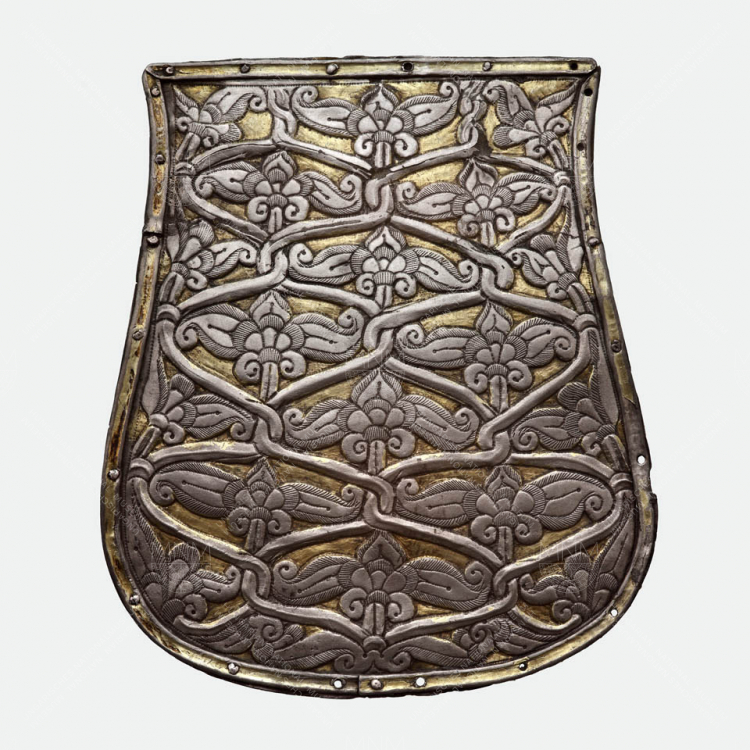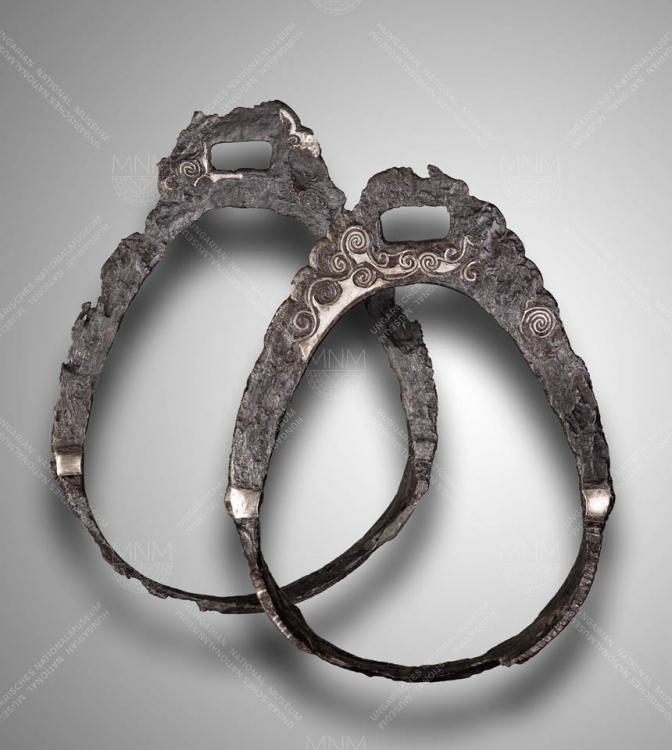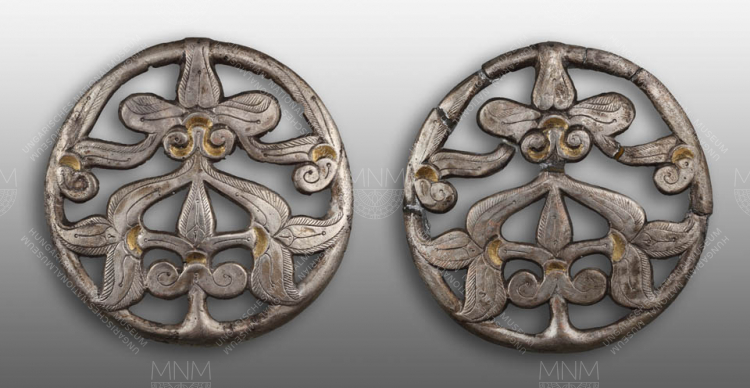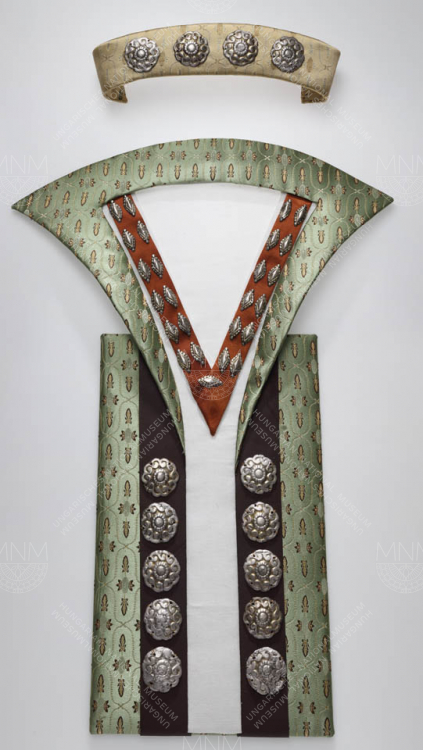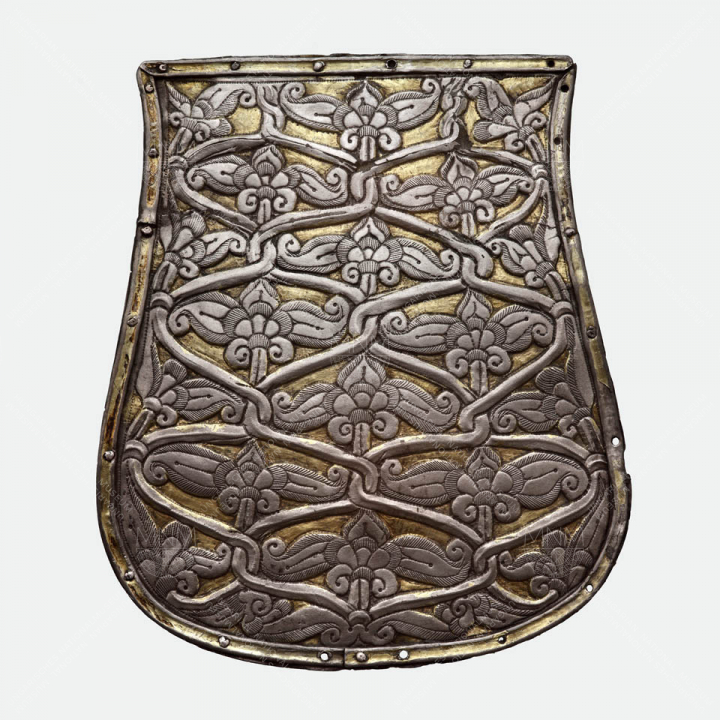
This is one of the most illustrious collections at the Hungarian National Museum, and also one of the most recent. The apparent contradiction stems from the fact that although its first pieces were inventoried in 1846, the material relics from the Hungarian Conquest era were, until 1909, looked after and listed together with the artefacts of the Department of Numismatics and Antiquities, before being placed among the material of the Department of Antiquities during the period up to 1926, following the establishment of the Department of Numismatics as a separate entity in 1909.
After 1926, grave goods from the 10th–11th century were looked after for a period of almost three decades by the Great Migrations Period Collection. The Hungarian Conquest Period Collection has featured as a distinct collection unit with its own inventory book only since the formation of the Middle Ages Department, namely since September 1953. The Collection’s material consists of finds from cemeteries and burials; it numbers 12,642 artefacts inventoried under 4042 entries. The make-up of the Collection has changed significantly over the past decades. Up until the last third of the 19th century, Conquest-era finds recovered from the ground passed to the Hungarian National Museum, since no other public collection existed in the country at that time. The situation changed radically when country museums and museum associations began to receive more and more finds of the type which earlier on would have been sent to Budapest. However, up until 1945 an appreciable percentage of finds which counted as significant and spectacular continued to swell the National Museum’s holdings, through purchases and donations.
After 1926, the number of finds from cemeteries excavated either fully or largely jumped in dramatic fashion compared with earlier decades, ensuring much greater possibilities for scientific analysis. This process became more characteristic still after the birth of the Hungarian Conquest Period Collection: since 1953, hardly any scattered finds have entered the Collection. The effect of this has been that it is now growing slowly, through the addition of truly spectacular, unique artefacts that count as ‘star pieces’.








